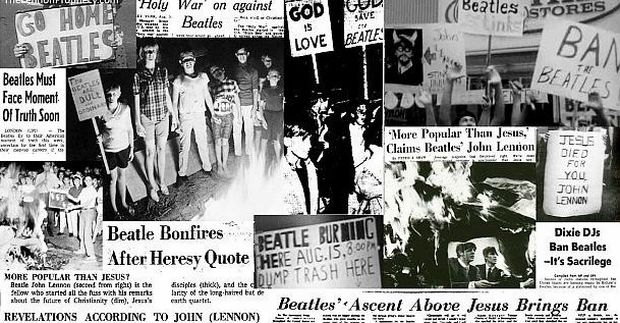This week in social study our task was to blog about 1 of the Anti-Vietnam war song. We have to select a song that we need to research. We then need to write about the song and put some description onto it. We have to explain what was the message of the song that was written.
Title of the song: Give Peace a Chance by John Lennon
What was the song about? The meaning of the song was to stop the war and have peace. John Lennon who was once a Beatle member wrote this song because he wanted the world to hear that we don't need war, all we need is peace and love. He has created this song because the world need to stop fighting and give peace a chance. The way John Lennon and and Ono's way to protesting is by staying in bed to promote peace by staying in bed.
Bagism, Shagism, Dragism, Madism, Ragism, Tagism
This-ism, that-ism, is-m, is-m, is-m
All we are saying is give peace a chance
Ev'rybody's talking about Ministers
Sinisters, Banisters and canisters
Bishops and Fishops and Rabbis and Pop eyes
And bye bye, bye byes
All we are saying is give peace a chance
Ev'rybody's talking about
Revolution, evolution, masturbation
Flagellation, regulation, integrations
Meditations, United Nations
Congratulations
All we are saying is give peace a chance
John and Yoko, Timmy Leary, Rosemary
Tommy Smothers, Bobby Dylan, Tommy Cooper
Derek Taylor, Norman Mailer
Alan Ginsberg, Hare Krishna
Hare, Hare Krishna
All we are saying is give peace a chance
All we are saying is give peace a chance



